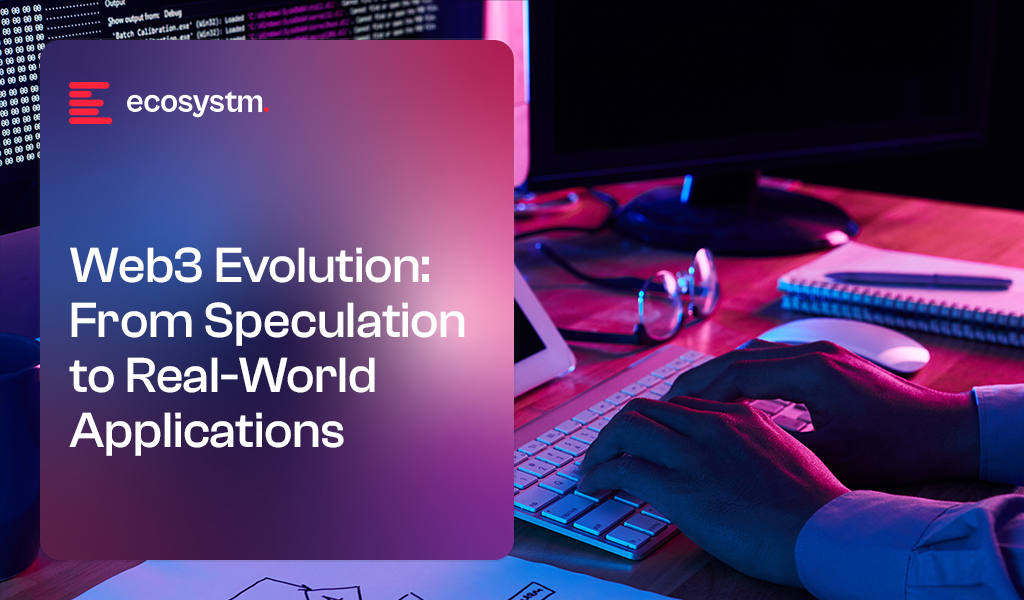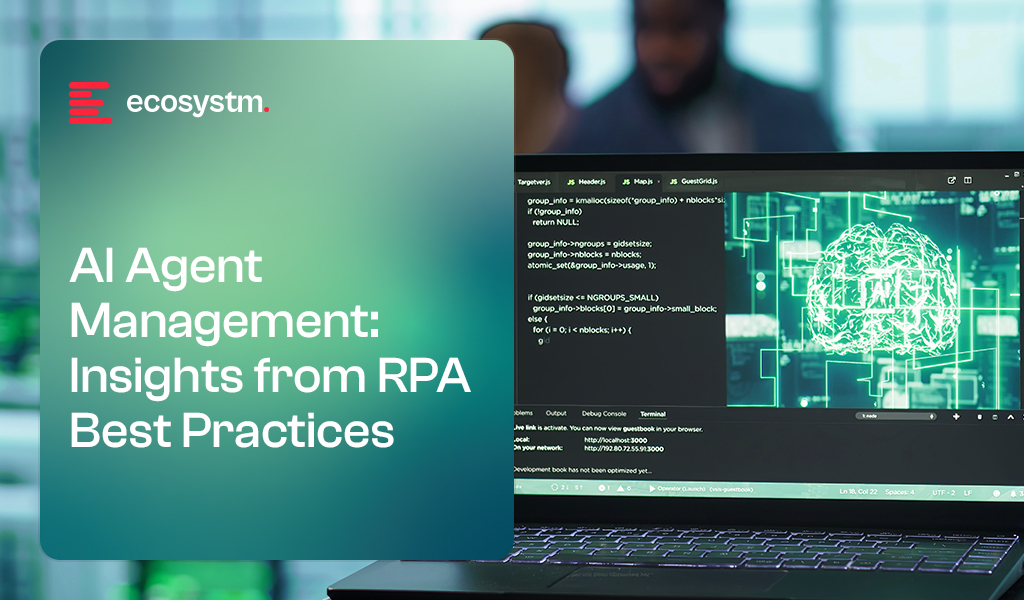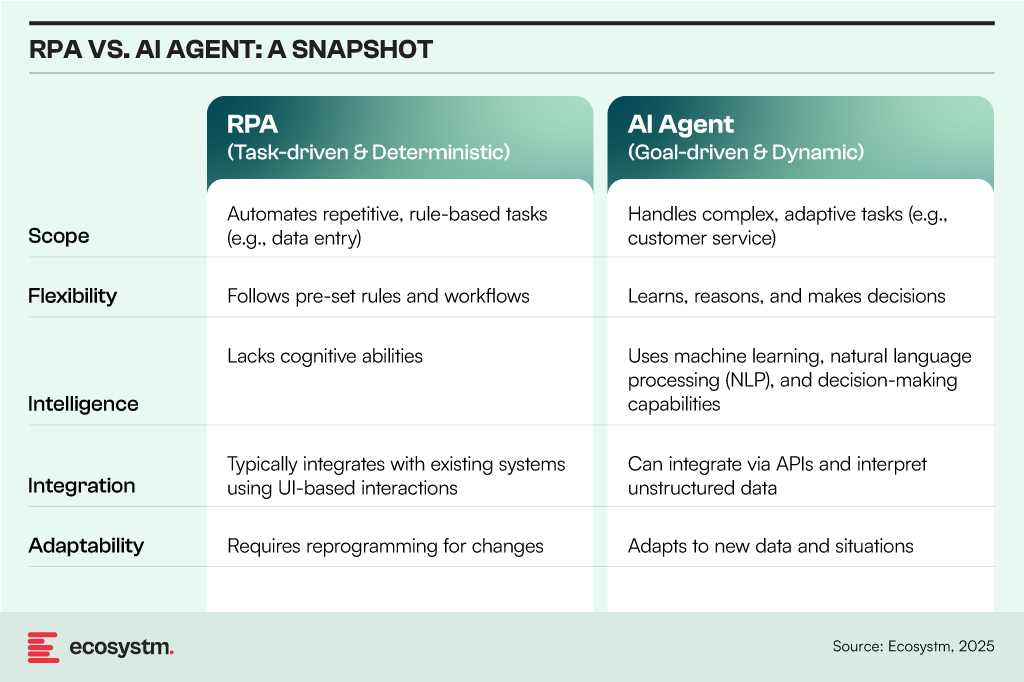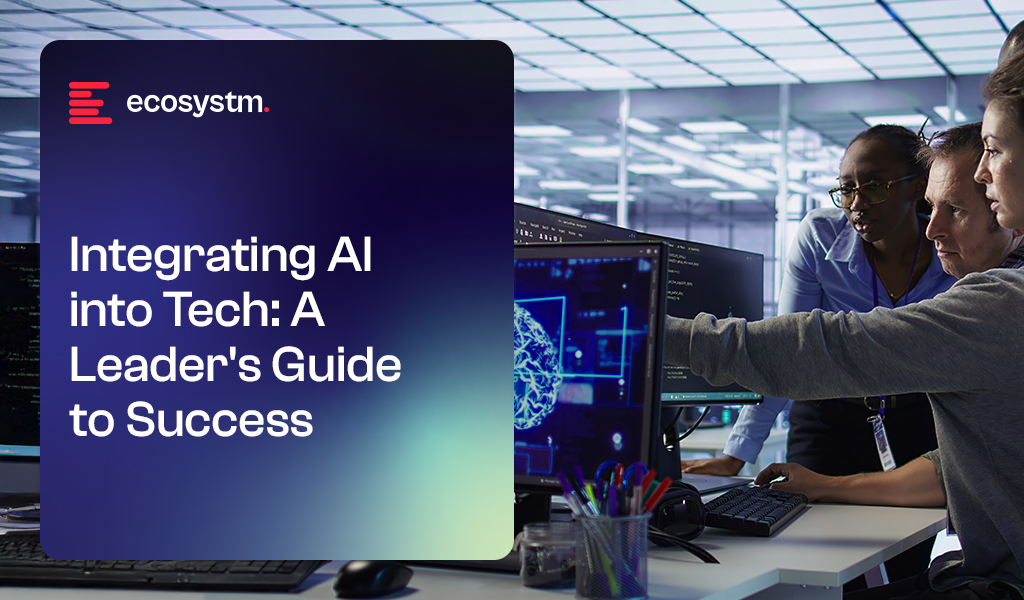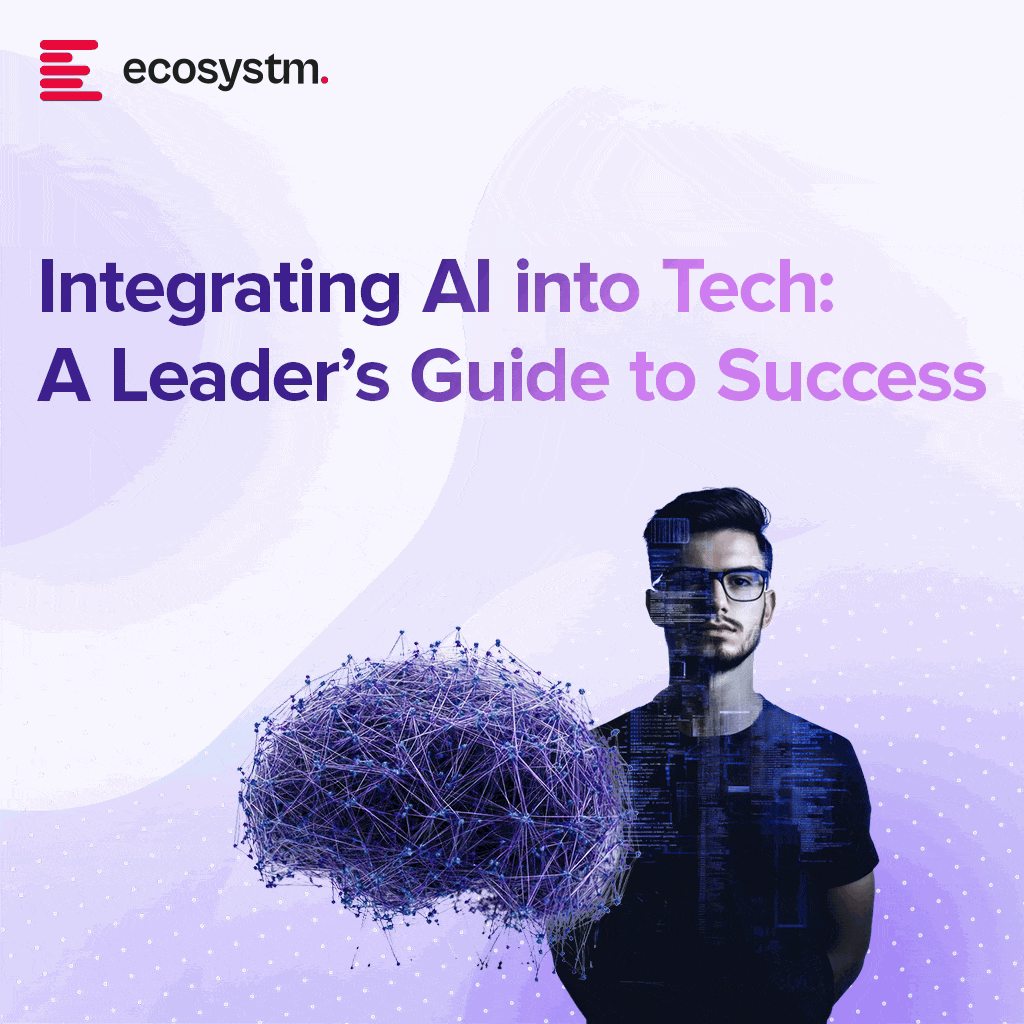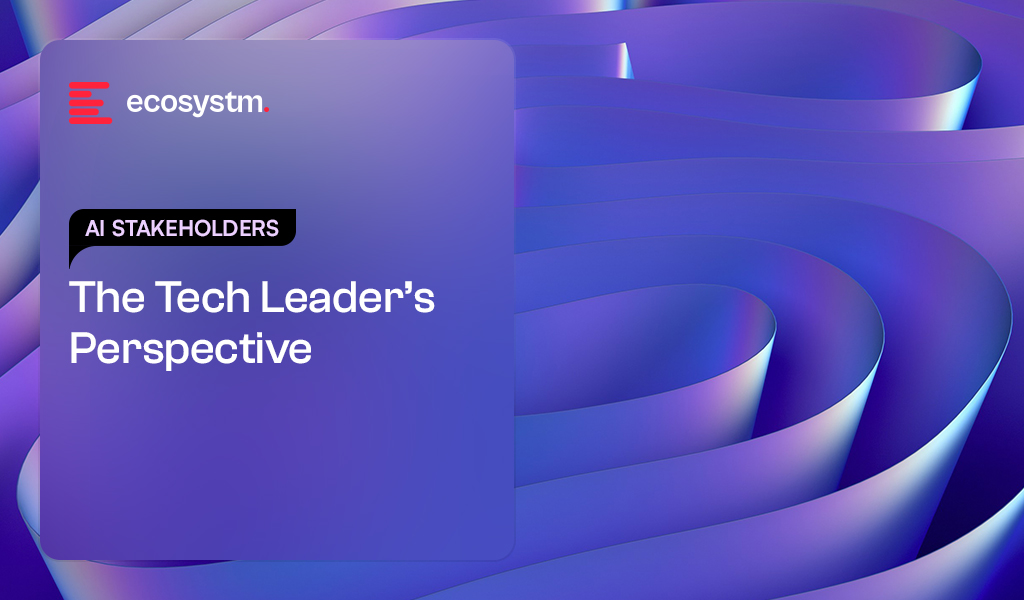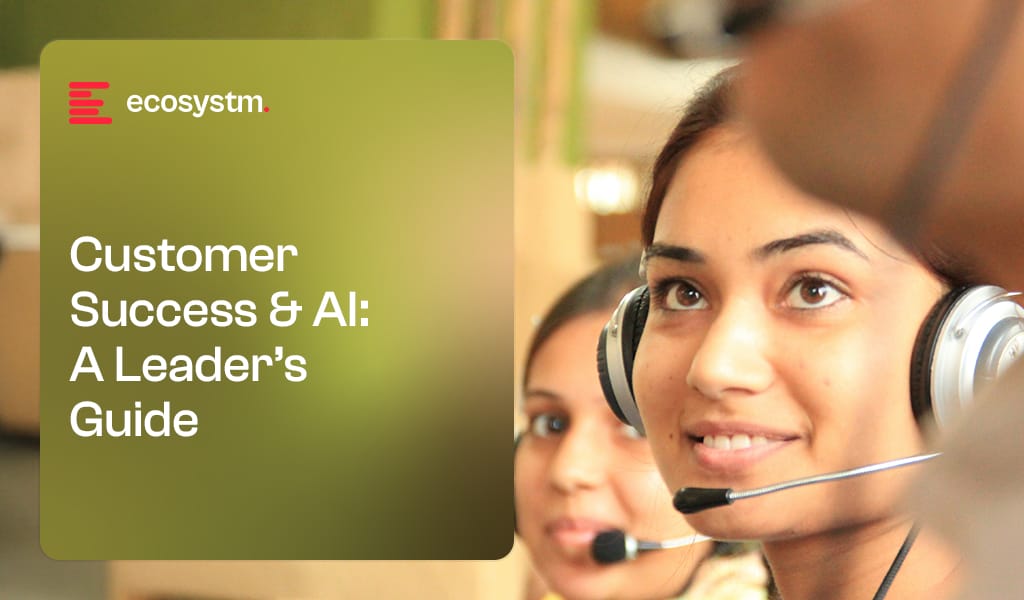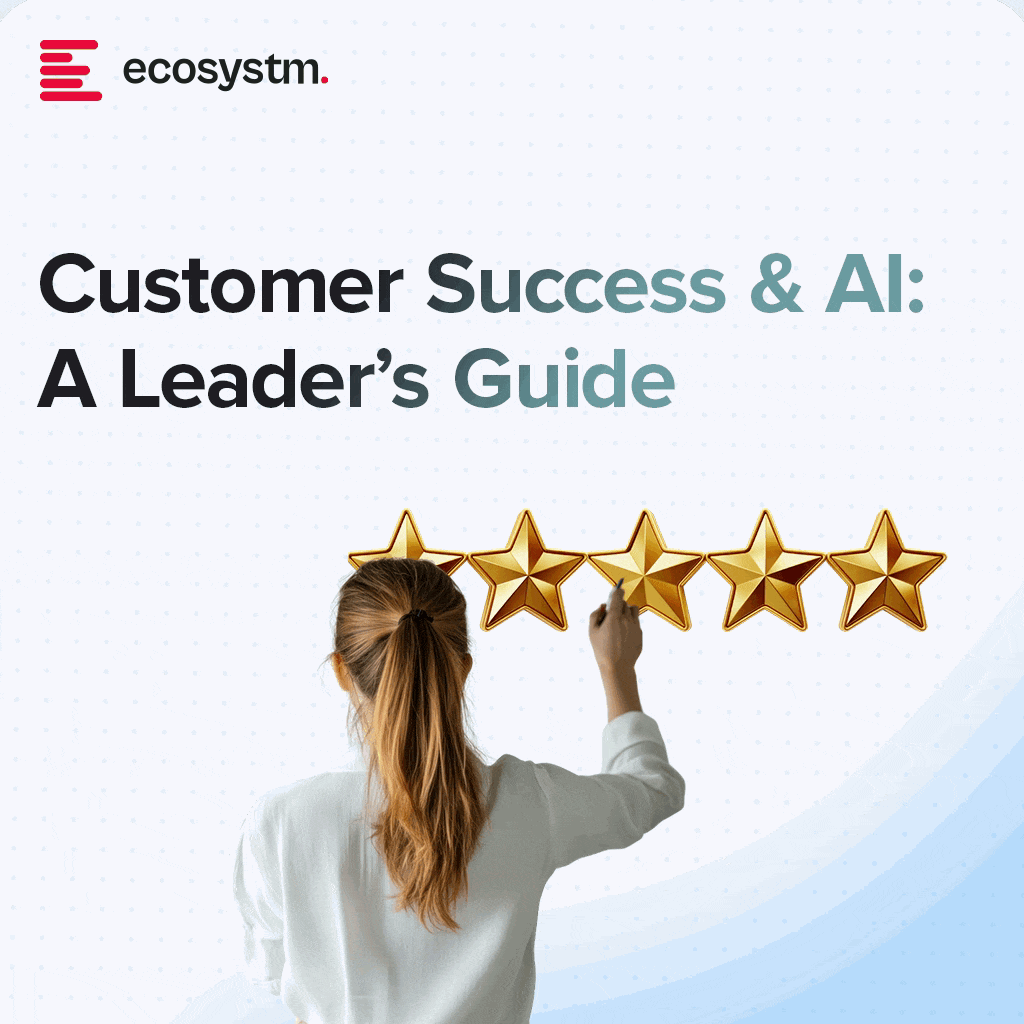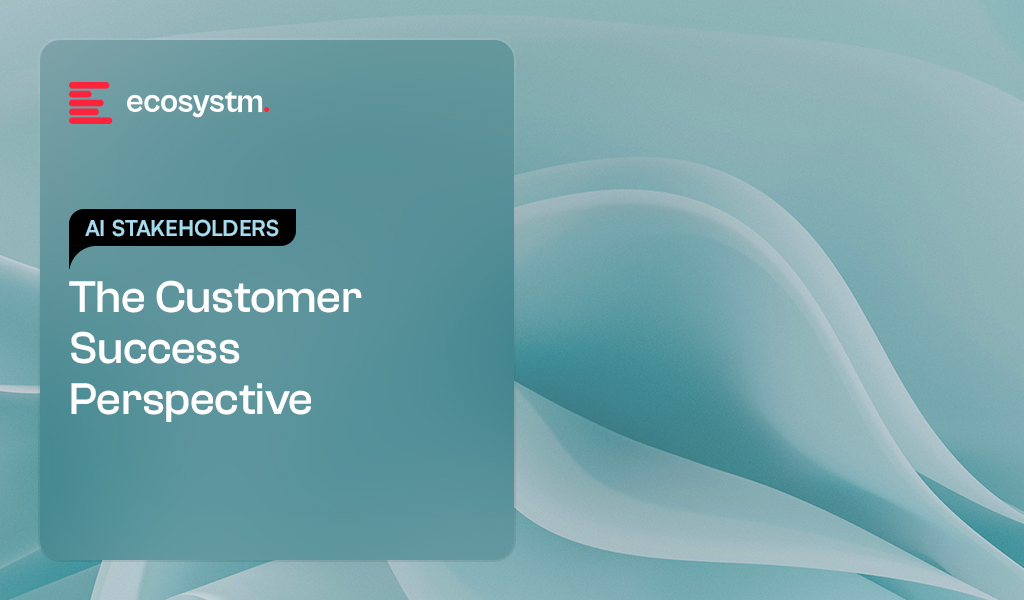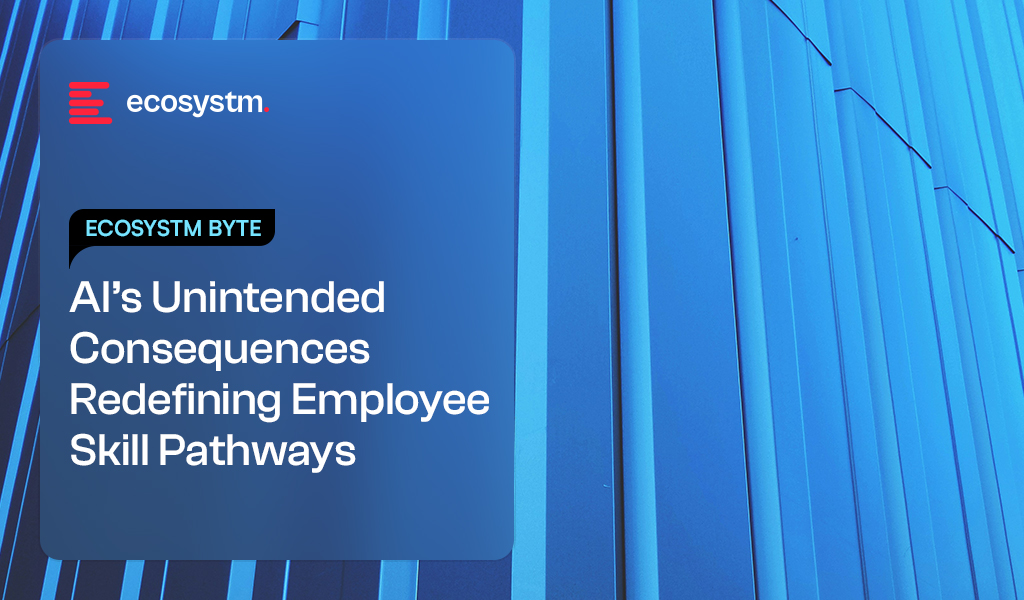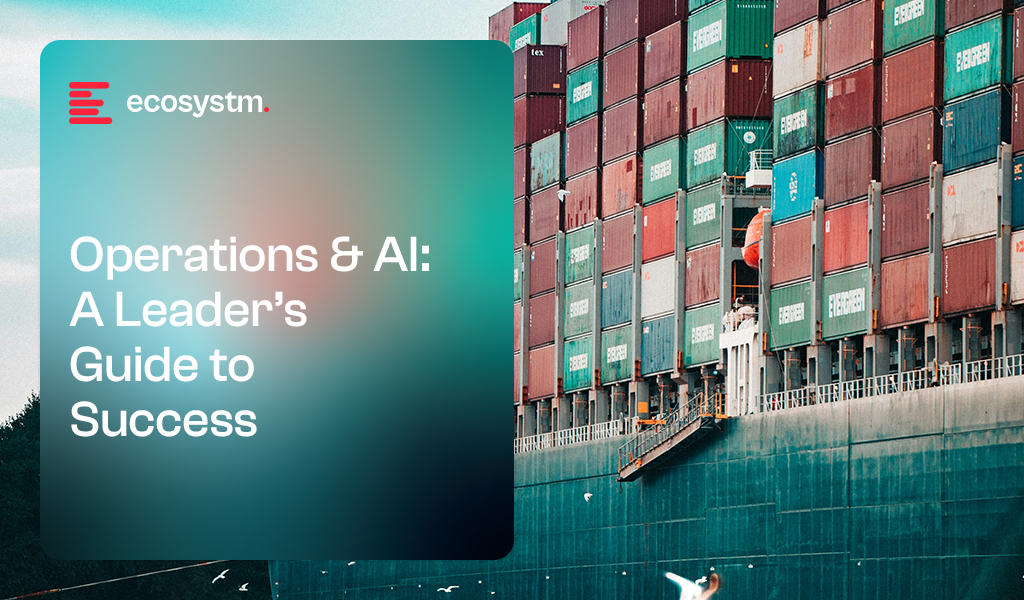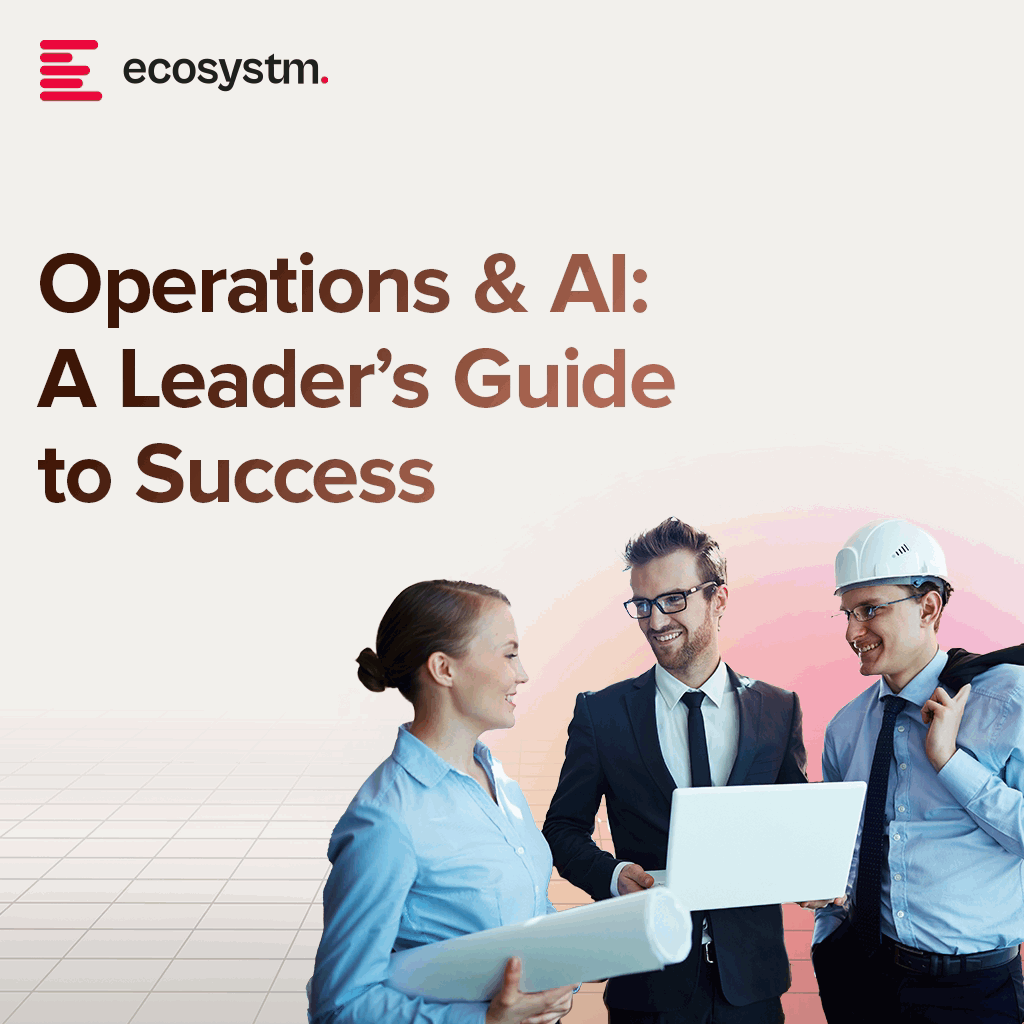2024 was a pivotal year for cryptocurrency, driven by substantial institutional adoption. The approval and launch of spot Bitcoin and Ethereum ETFs marked a turning point, solidifying digital assets as institutional-grade. Bitcoin has evolved into a macro asset, and the ecosystem’s outlook remains robust, with signs of regulatory clarity in the US and increasing broad adoption. High-quality research from firms like VanEck, Messari, Pantera, Galaxy, and a16Z, has further strengthened my conviction.
As a “normie in web3,” my perspective comes from connecting the dots through research, not from early airdrops or token swaps. While the speculative frenzy, rug pulls, and scams at the “casino” end are off-putting, the real potential on the “computer” side of blockchains is thrilling. Events like TOKEN2049 in Dubai and Singapore highlight the ecosystem’s energy, with hundreds of side events now central to the experience.
As the web3 ecosystem evolves, new blockchains, roll-ups, and protocols vie for attention. With 60 million unique wallets in the on-chain economy, adoption is set to expand beyond this base. DeFi transaction volumes have surpassed USD 200B/month, yet the ecosystem remains in its early stages, with only 10 million users.
Despite current fragmentation, the future looks promising. Themes like tokenising real-world assets, decentralised public infrastructure, stablecoins for instant payments, and the convergence of AI and blockchain could reshape finance, identity, infrastructure, and computing. Web3 holds transformative potential, even if not in marketing terms like “unstable” coins or “unreal world assets.”
The Decentralisation Paradox of Web3
Decentralisation may have been a core tenet of web3 at the onset but is also seen as a constraint to scaling or improving user experience in certain instances. I always saw decentralisation as a progressive spectrum and not a binary. It is, however, a difficult north star to maintain, as scaling becomes an actual human coordination challenge.
In Blockchains. We have seen this phenomenon manifest with the Ethereum ecosystem in particular. Of the fifty-plus roll-ups listed on L2 Beat, only Arbitrum and OP Mainnet have progressed beyond Stage 0, with many still not posting fraud proofs to L1. Some high-performance L1s and L2s have deprioritised decentralisation in favour of scaling and UX. Whether this trade-off leads to greater vulnerability or stronger product-market fit remains to be seen – most users care more about performance than underlying technology. In 2025, we’ll likely witness the quiet demise of as many blockchains as new ones emerge.
In Finance. On the institutional side, some aspects of high-value transactions in traditional finance or TradFi, such as custody, need trusted intermediaries to minimise counterparty risk. For web3 to scale beyond the 60-million-odd wallets that participate in the on-chain economy today, we need protocols that marry blockchains’ efficiency, composability, and programmability with the trusted identity and verifiability of the regulated financial systems. While “CeDeFi” or Centralised Decentralised Finance might sound ironical to most in the crypto native world, I expect much more convergence with institutions launching tokenisation projects on public blockchains, including Ethereum and Solana. I like underway pilots, such as one by Chainlink with SWIFT, facilitating off-chain cash settlements for tokenised funds. Some of these projects will find strong traction and scale coupled with regulatory blessings in certain progressive jurisdictions in 2025.
In Infrastructure. While decentralised compute clusters for post-training and inference from the likes of io.net can lower the cost of computing for start-ups, scaling decentralised AI LLMs to make them competitive against LLMs from centralised entities like OpenAI is a nearly impossible order. New metas such as decentralised science or DeSci are exciting because they open the possibility of fast-tracking fundamental research and drug discovery.
Looking Back at 2024: What I Found Exciting
ETFs. BlackRock’s IBIT ETF became the fastest to reach USD 3 billion in AUM within 30 days and scaled to USD 40 billion in 200 days. The institutional landscape now goes beyond traditional ETFs, with major financial institutions expanding digital asset capabilities across custody, market access, and retail integration. These include institutional-grade custody from Standard Chartered and Nomura, market access from Goldman Sachs, and retail integration from fintechs such as Revolut.
Stablecoins. Stablecoin usage beyond trading has continued to grow at a healthy clip, emerging as a real killer use case in payments. Transaction volumes rose from USD 10T to USD 20T in a year, and yes, that is a trillion with a “t”! The current market capitalisation of stablecoins is approximately USD 201.5 billion, slated to triple in 2025, with Tether’s USDT at over 67% market share. We might see new fiat-backed stablecoins being launched this year, such as Ethena’s yield-bearing stablecoin, but I don’t expect USDT’s dominance to change.
RWAs. Even though stablecoins represent 97% of real-world assets on-chain and the dollar value of all other types of assets is still insignificant, the potential market for asset tokenisation is still a staggering USD 1.4T, and with regulatory clarity, even if RWAs on-chain were to quadruple, the resulting USD 50B will be a sliver of the overall opportunity. We can expect more projects in asset classes such as private credit – rwa.xyz is a great dashboard to watch this space.
DePIN. Decentralised public infrastructure across wireless, energy, compute, sensors, identity, and logistics reached a USD 50B market cap and USD 500M in ARR. Key developments include the emergence of AI as a major driver of DePIN adoption, the maturation of supply-side growth playbooks, and the shift in focus toward demand-side monetisation. More than 13 million devices globally contribute to DePINs daily, demonstrating successful supply-side scaling. Notable projects include:
- Helium Mobile: Adding 100k+ subscribers and diversifying revenue streams.
- AI Integration: Bittensor leading decentralised AI with successful subnets.
- Energy DePINs: Glow and Daylight addressing challenges in distributed energy systems.
- Identity Verification: World (formerly Worldcoin) achieving 20 million verified identities.
These trends indicate significant advancements in the web3 ecosystem, and the continued evolution of blockchain technologies and their applications in finance, infrastructure, and beyond holds immense promise for 2025 and beyond.
In my next Ecosystm Insights, I’ll present the trends in 2025 that I am excited about. Watch this space!



